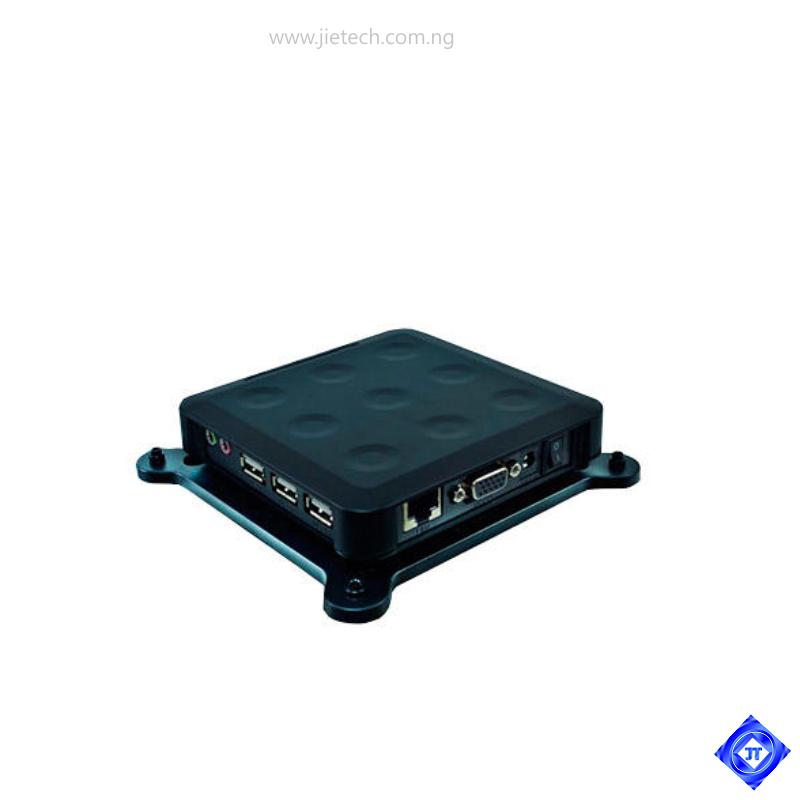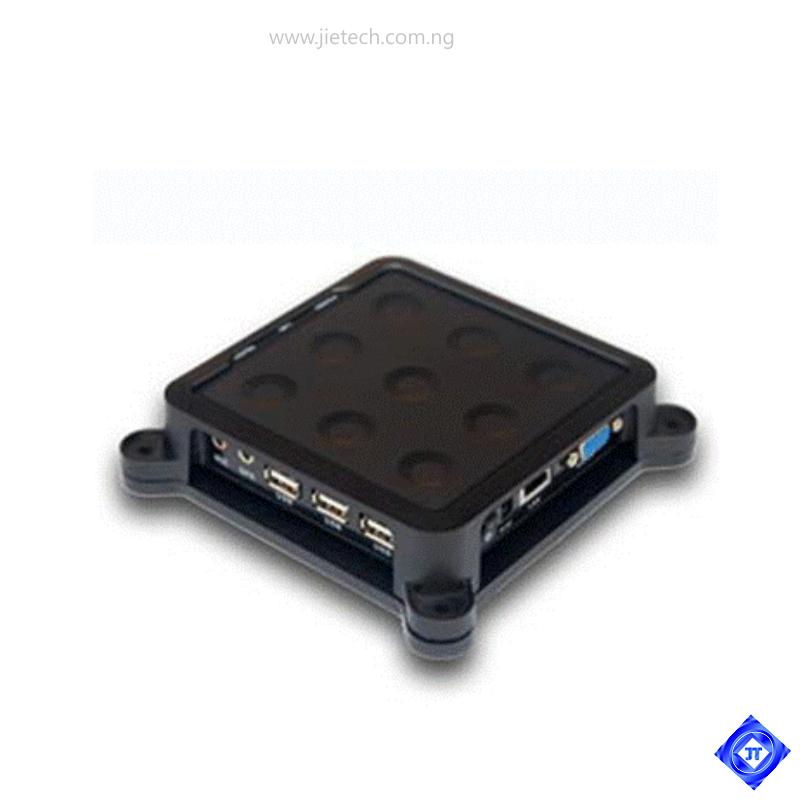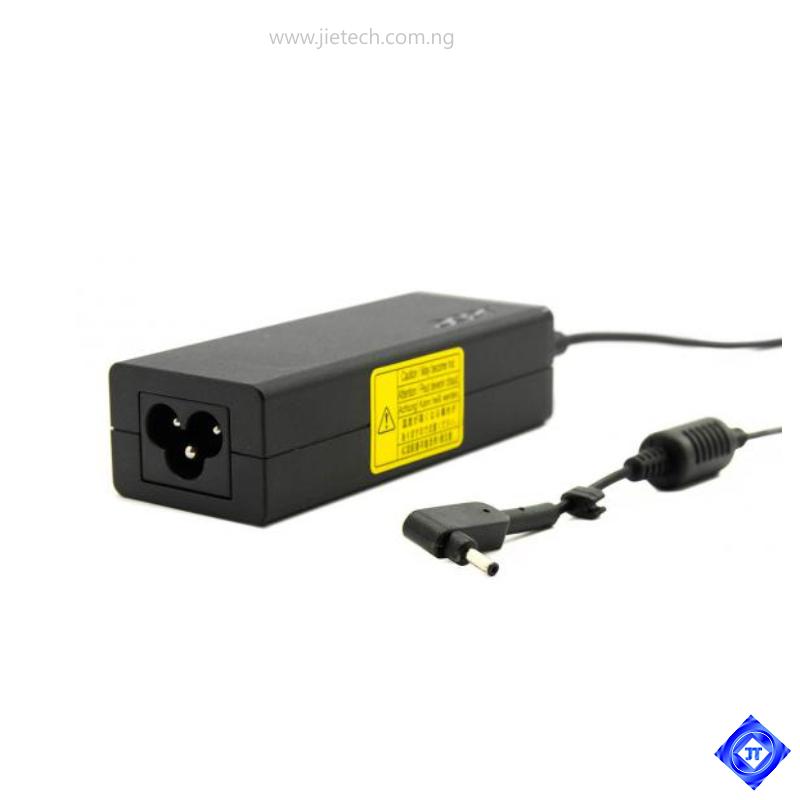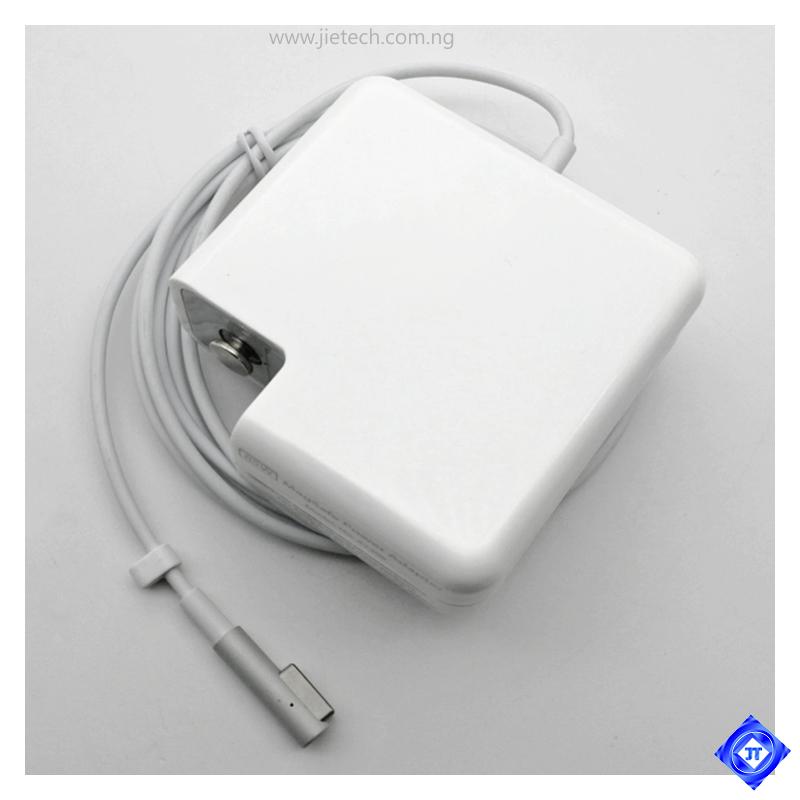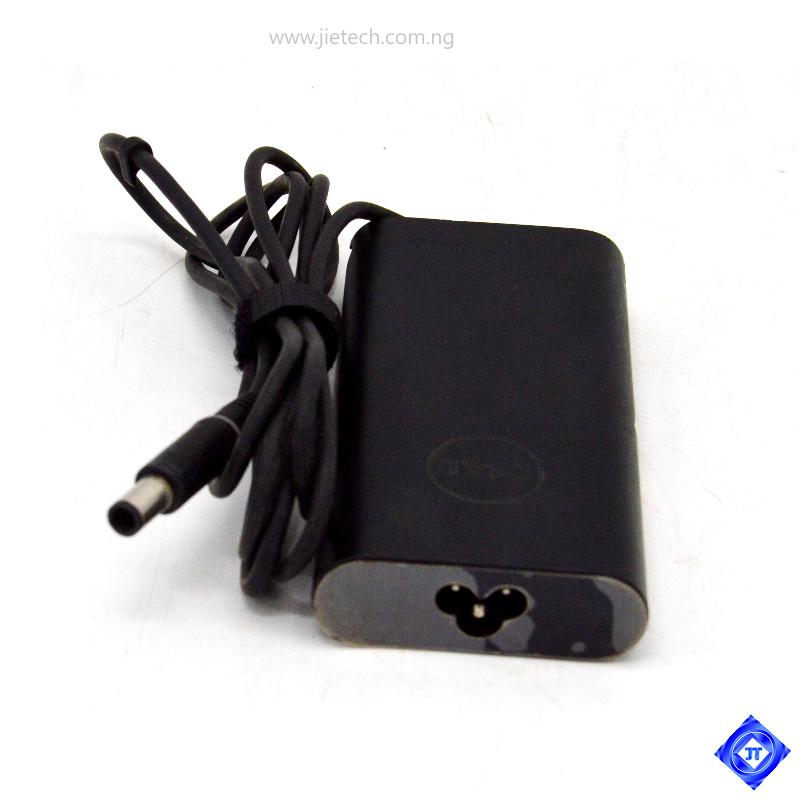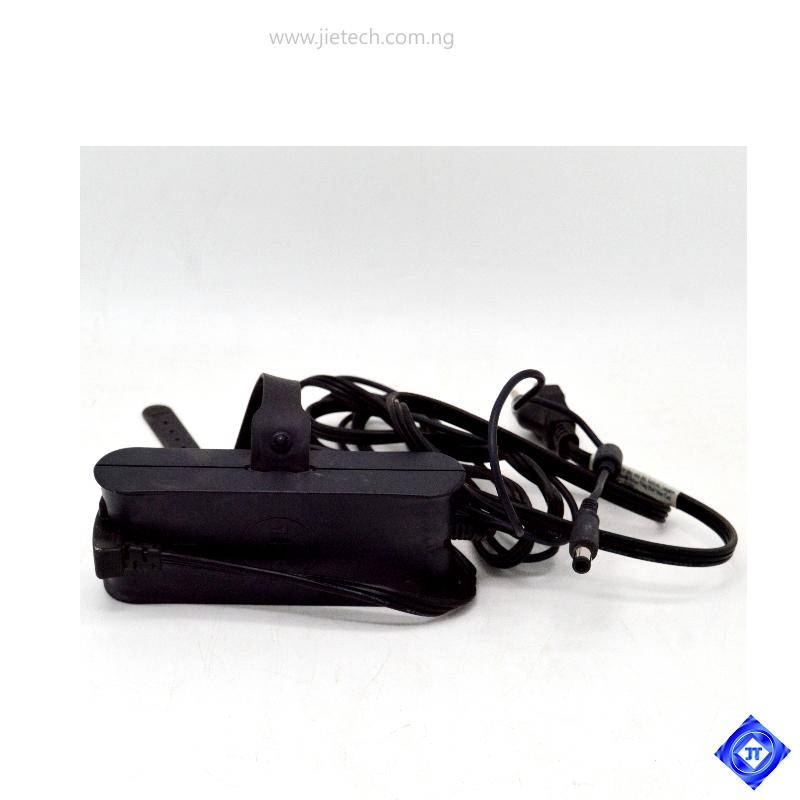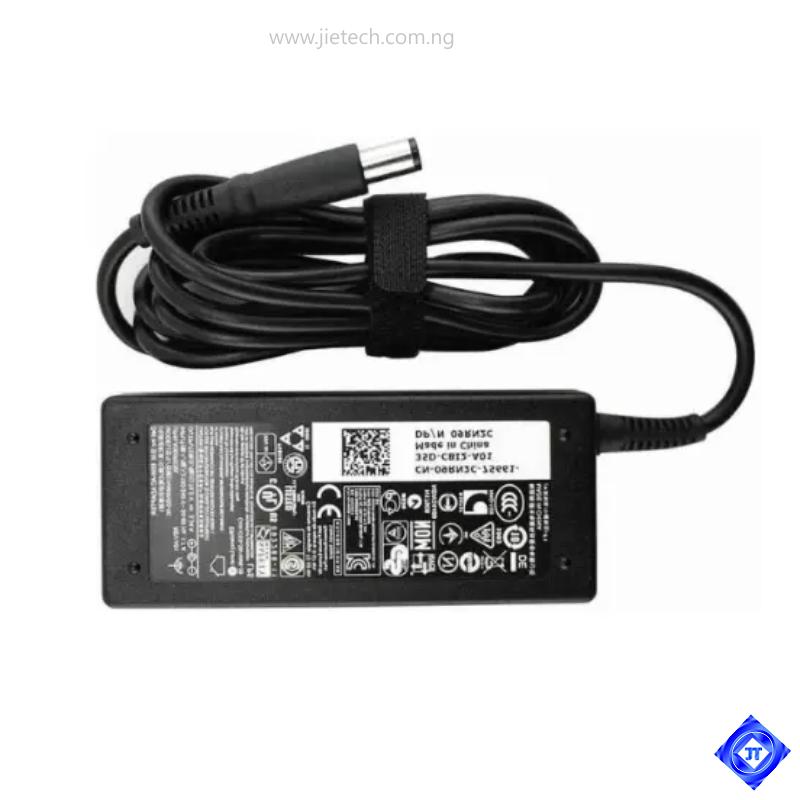Product Information
A Thin Client is a lightweight computer designed to connect to a remote server or cloud environment where the majority of computing tasks are performed. Unlike traditional desktop computers, thin clients rely heavily on a central server for processing power, data storage, and application execution. This means that the local device itself only handles basic input/output functions, such as displaying the user interface and receiving user input via keyboard or mouse.
|
Aspect |
Description |
|
Definition |
A lightweight computer that relies
on a central server or cloud for most computing tasks, data storage, and
application execution. |
|
Local Resources |
Minimal – limited CPU, RAM, and
storage; mainly handles input/output operations. |
|
Server Dependency |
High – most processing and storage
is done on a remote server or via Virtual Desktop Infrastructure (VDI). |
|
Management |
Centralized – devices can be managed,
updated, and secured from a central location. |
|
Security |
Enhanced – sensitive data is
stored on the server, reducing the risk of local data breaches. |
|
Energy Consumption |
Low – consumes less power compared
to traditional desktop computers. |
|
Maintenance |
Simple – easier to maintain and
troubleshoot due to centralized control. |
|
Cost-effectiveness |
High – ideal for large-scale
deployments such as offices, educational institutions, and call centers. |
|
Common Use Cases |
Corporate environments, schools,
call centers, healthcare, and other sectors needing secure and scalable IT
infrastructure. |
Thin clients are commonly used in environments where security, manageability, and scalability are priorities.

